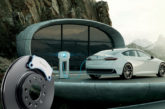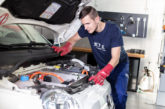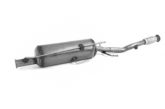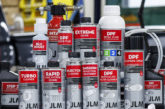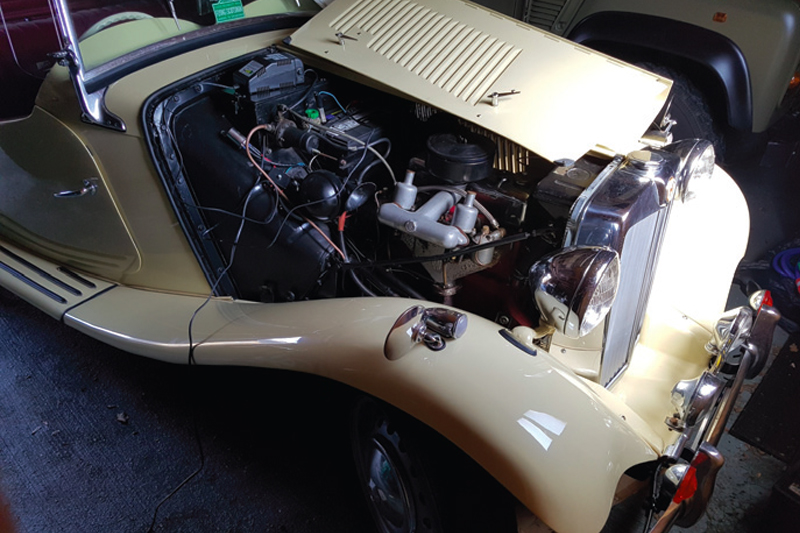
Oscilloscopes are a mainstay of the modern fault-finder’s diagnostic kit. But, as Pico Technology explains, they can also be put to good work on solving issues with classic cars.
With technology advancing at such a rapid pace, an oscilloscope is regarded as an essential tool in today’s workshop. But what if you’re working on the older vehicles where VVTi, direct injection, and CAN bus aren’t present? Can an oscilloscope still help?
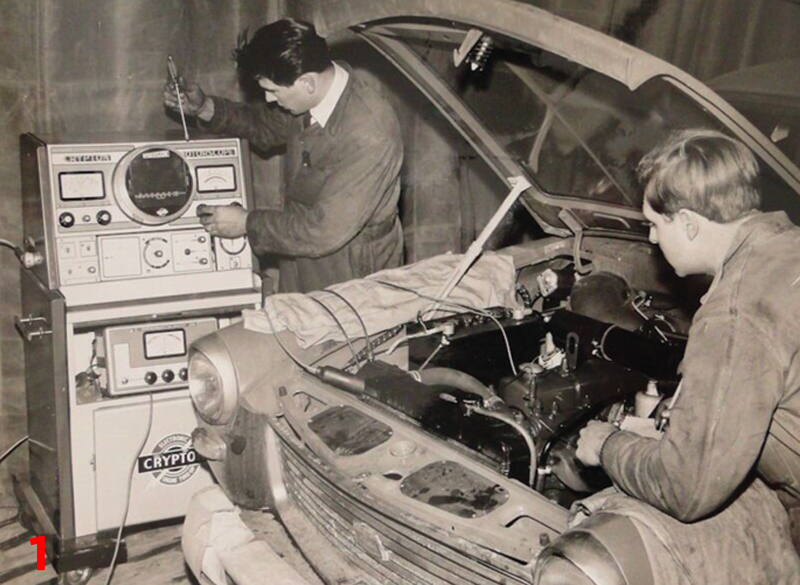
The short answer is yes! For those of you who remember, Crypton tuners (and others) were frequently used to provide a tune-up service, using secondary ignition signals and timing lights to measure peak kV, dwell angle, burn time and mixture (Fig.1). This allowed technicians to carry out adjustments, ensuring the engine would run as efficiently as possible. Crypton tuners were collecting data with reference to time, which is precisely what the modern oscilloscope, like a PicoScope, is doing in today’s workshops.
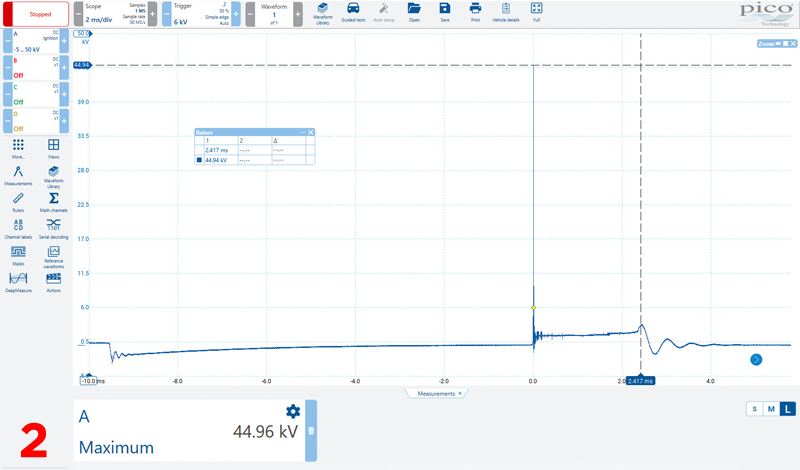
Secondary ignition forms a large portion of the diagnostic work when it comes to classic cars (Fig.2). When the traditional points and condenser were replaced with electronic control systems, secondary ignition analysis went out of fashion. However, with the introduction of alternative fuels such as hydrogen, secondary ignition analysis is likely to make a comeback. By analysing dwell angle, coil on time, peak kV and the burn time, you can start to determine issues with the points, condensers, spark plug gap, and rich or lean mixtures.
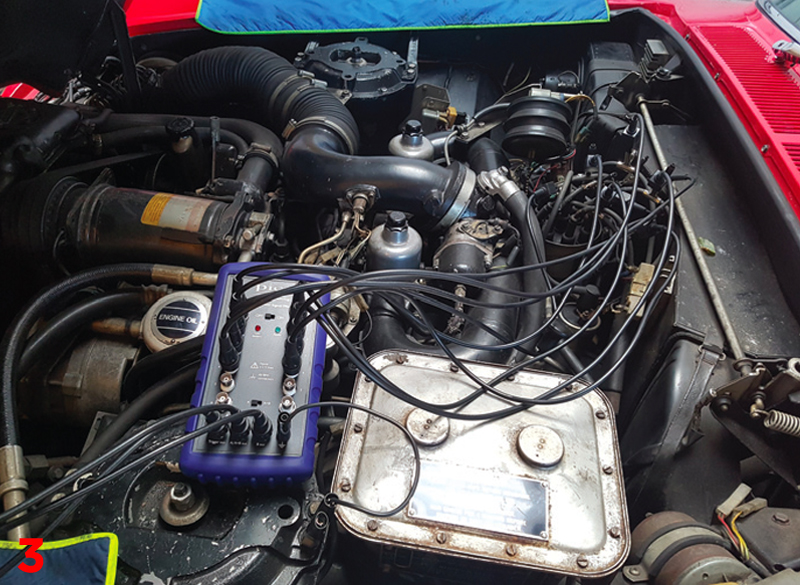
In addition to this, accessories such as the MixMaster (Fig.3) allow the scope to use just one channel and capture the ignition events from each ignition lead from up to 12 cylinders. This will then be displayed in the PicoScope software in a parade formation, one after the other, where the firing order can be used to identify individual cylinder ignition waveforms.
When it comes to classic cars and scopes, an important part of the measurement is to check the chassis polarity. Some older cars’ chassis ground was, in fact, the positive side of the battery. When moving from the modern negative common ground, which we are familiar with, it is important to recognise a positive common ground and be aware of what the expected measurement is going to be. This is particularly important when using a common ground scope. Fortunately, with the later 4425 and 4425A PicoScopes, the floating input means even if you have the wrong polarity between channels, the smoke won’t escape out of your scope.
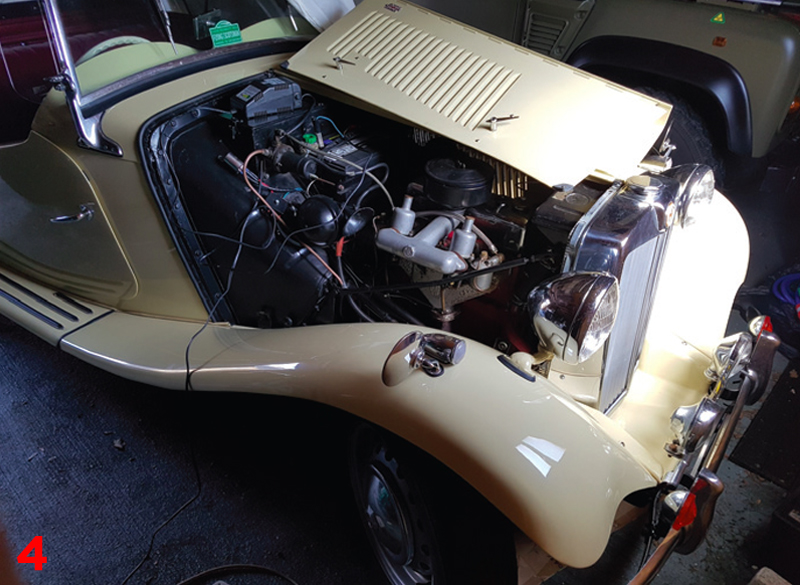
Pressure analysis with these older machines was less common in favour of a piece of tube and either your left or right ear! Pressure is still extremely important, as the internal combustion engine is just a glorified air pump. By utilising accessories such as a WPS500X, in addition to a pulse sensor, you can plot changes to exhaust, intake, crankcase and cylinder pressure changes. This enables the technician to determine possible issues and ensure the engine is working efficiently.
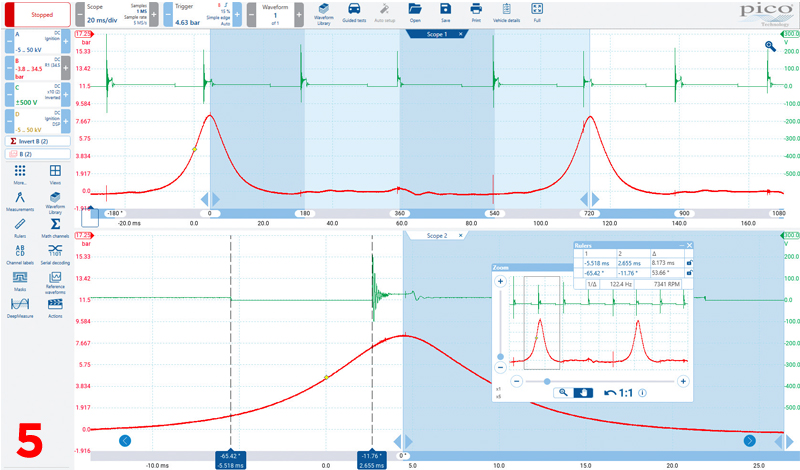
When combining signals like ignition and in-cylinder pressure, you can see the timing between the ignition firing and peak pressure within the cylinder, which is an assumed TDC. Fig.5 is from a 1950s MG TD where from just two signals we have a lot of information. With the primary ignition, we can see all four cylinders and as the WPS500X pressure transducer is in cylinder one, we can use the firing order to determine other cylinders.
By applying phase rulers to the in-cylinder signal, we can now mark 720 degrees of rotation using the peak pressure on the waveform. By partitioning the waveform into four, we can highlight the individual sections of the 4- stroke cycle. More importantly, when using phase rulers we can see the measurement between the time rulers in relation to the phase rulers.
Focusing on cylinder one, when the points open in the distributor, this causes the collapse of the magnetic field in the primary coil. This results in a voltage being induced in the secondary winding. Due to a higher number of turns in the secondary coil, compared to the primary, a high voltage is generated which should have enough energy to jump the spark plug gap. From the waveform, this high voltage spark, or peak kV, indicates how much energy was needed to jump the gap and can provide valuable diagnostic information, such as plug gap and compression. By placing a time ruler at this peak kV, and with the phase rulers marking the peak pressure in the cylinder, we have our ignition spark in relation to the peak pressure – which indicated above is 11.76 degrees BTDC. This is where technical information is key, as you will need to know what this measurement should be before making any adjustments.
Pressure analysis doesn’t stop with air-based signals though. WPS500X is compatible with oil and fuel, giving a wider range of measurements to determine issues with components like mechanical lift pumps and blocked oil strainers.
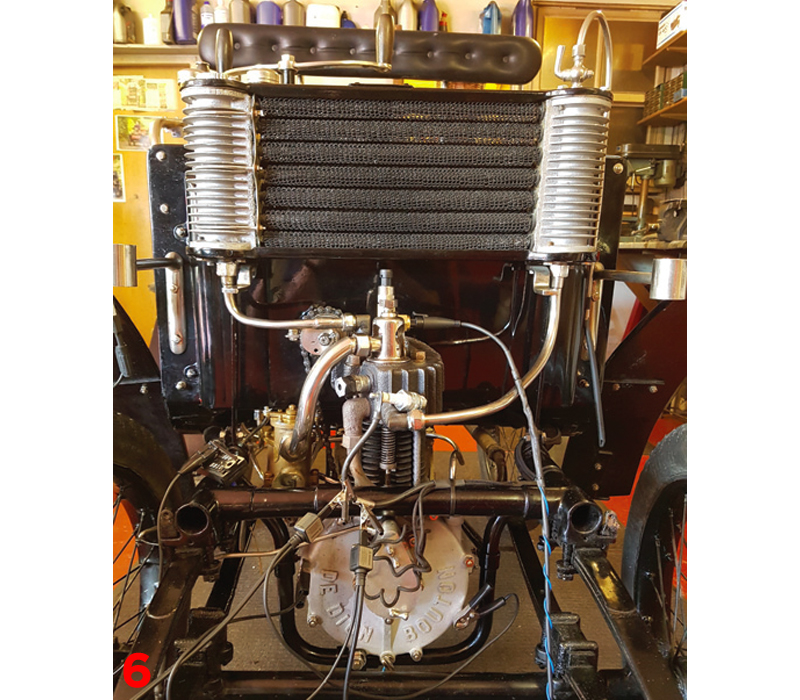
We are starting to see that scopes are being used on much older machinery, such as those being used in the famous Veteran London to Brighton road run. Veteran vehicles include two, three, and four-wheeled vehicles, which were produced before 1918 with PicoScope being used to visualise these vehicles in more detail than ever before. One PicoScope user has made a big impact, by using the scope to correct many vehicles where owners had just accepted that, however poorly the vehicle ran, it was how it was supposed to be! By observing the ignition, crankshaft position, and inlet valve operation, engines are being re-tuned and given a new lease of life.
Fundamentally, even with an internal combustion engine that is predominantly mechanically driven, scope diagnostics can still be applied. Arguably, using the most non-intrusive methods possible to capture data will help keep these vehicles on the road. Current, HT pickups and pressure analysis can all be used to diagnose the majority of issues that may occur on these classic vehicles.



